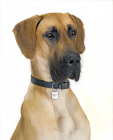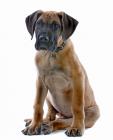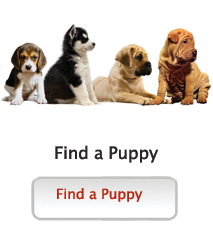Great Dane
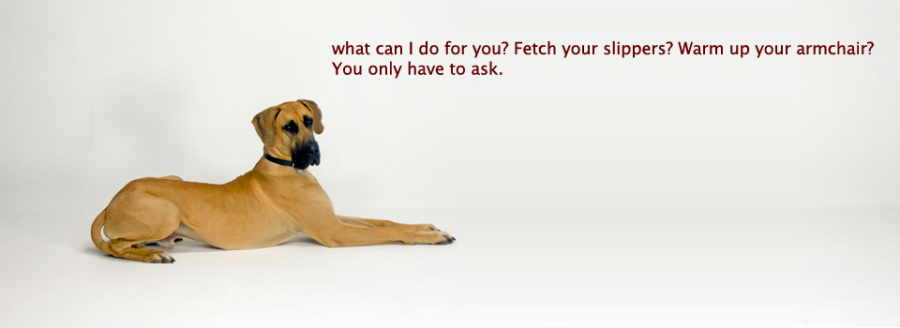
In my own words
We Great Danes were once hunting dogs you know, until we discovered how much nicer life is in front of a roaring fire surrounding by humans. One thing never changes though, we are very loyal and faithful. I am particularly fond of children, and love playing with them and making sure they stay safe. I’m also quite attached to the cat, but don’t tell anyone, it’s embarrassing. When I go out for my walk, people stop and stare and someone once asked if I was a dog or a pony! How rude. I’m very easy to keep you know, ‘cos I only need grooming once a week, and the mud soon brushes off. I’m quiet, don’t bark unless I think someone’s threatening my family – my size is enough to put off intruders – and although I’m strong, I’m very gentle. The only thing is I do tend to knock into things when turning round. Sorry.
My ideal owner(s)
Families with older children
Singles
Strong people
Active, sporty types
What they say about me
Enormous
Imposing and dignified
Loyal
Lovable
Laid back
Please read on, to find out more about me, and whether I will be someone you can be happy with for the next 10 years!
Is this Great Dane for you?
Test your knowledge about the Great Dane
Information essential about the Great Dane
Kennel Club Group:
Working
Size: Male minimum height 30” (76 cm) Female 28” (71 cm). Minimum weight Male 120 lb (54 kg) Female 100 lb (46 kg)
Popularity:
The Great Dane is popular among lovers of large dogs, but restricted by the need for a large living space.
Famous Great Danes:
Scooby Doo needs no introduction. Alexander Pope the English satirist had one called Bounce for protection (he was a cripple and a controversial character). Danny in 101 Dalmatians is a Dane, so is Reggie in Lady & The Tramp II. The Hound of The Baskervilles is always a Great Dane. There are many, many instances of Great Danes featuring in every area of society, too many to mention here.
Breed History:
Many people believe that the Great Dane originated in Germany. In 400 AD, Asiatic tribes invaded what is now Germany, bringing with them huge, mastiff-like war hounds which they also used for hunting big game such as bears and wild boar. Over time, as these dogs proved their prowess in the hunting field, they were crossed with Irish Wolfhounds, and the Great Dane evolved. Other sources believe that the breed originated in Denmark, as it was referred to as “le Grand Danois” by the Comte de Buffon in 1749. The Great Dane was introduced in Great Britain in 1877, and in 1899, the Great Dane Club of America was founded.
Character:
Your Great Dane’s great size belies his gentle nature. However, he is protective, and makes a good guard dog and watchdog, although he only barks when feeling under threat. While his courage and bravery as a protector can’t be denied, he is a sensitive soul and can be nervous. Your Dane can also be stubborn, and unless thoroughly schooled, and reminded regularly of his manners, can use his strength against you if he wants to go his own way. However, a well trained Dane is a perfect companion for older children (younger ones are at risk at being bowled over) being clownish and playful yet protective. He will also be the perfect gentleman (or lady) with visitors. He needs a good bit of exercise to keep fit, a good hour’s walk each day plus some playtime will keep him trim.
Temperament:
Your Dane is loyal and attentive, and will pick up your mood, so if you are happy, he is happy, if you are sad, he’ll go all mournful, and if there is any disharmony in the home, he will become visibly upset. He likes nothing better than to be surrounded by his loving family, preferably on a big sofa or in front of a nice big fire, where he will stretch out and keep all the heat off you. Your Dane thinks he is a lapdog, and will try to climb onto your lap, or failing that will perch his backside neatly on your knee. One of his quiet signs of affection is to lean against your leg. Aah.
Conformation:
Your Dane should look tall and powerful, yet elegant. His head should be long and narrow with large nostrils and erect ears. His eyes should be dark and round with an alert gaze. He should have a long neck, straight legs with round feet, and a chiselled body with a deep chest and well defined waist. His coat should be thick, glossy and close-fitting. The undocked tail should be thick at the root, tapering to just below the hocks and carried more or less level with his back when moving. The whole impression should be graceful, contained power.
Colour:
Danes can be fawn, brindle, black, blue, harlequin (white with black patches), mantle or merle.
Training:
Such a big, powerful dog needs to be well trained, and a firm hand is sometimes needed. While not overly territorial or domineering, your Dane has a mind of his own and can be destructive if not taught manners from an early age. You will need to remind him who’s boss throughout his life, easily done as part of his playtime routine.
Care:
Your Dane needs regular brushing, and because it’s practically impossible to give such a huge dog a bath, regular cleaning of his ears, between his toes and other parts is a necessary routine.
Health:
Your Great Dane could live as long as 13 years, but the average lifespan for such a large animal is between 8 and 10 years. He has a very slow metabolism, which means less energy and less food consumption per pound of dog than small breeds. In other words, he won’t eat you out of house and home. Like other large, deep chested dogs, he is prone to gastric torsion (bloat). Feeding a little and often, and not rushing around too much after meals will help prevent this. Apart from his naturally shorter lifespan, your Dane can suffer from heart disease too, hence the nickname, Heartbreaker Breed. Another congenital problem is blindness and/or deafness. Check with your breeder before you buy a puppy to avoid buying from a line carrying this fault. It is important when your Dane is young to protect his joints, as he will grow very large, very fast, but will not reach his full height and strength until at least 18 months, maybe older. So when young, avoid too much exercise and play until he reaches adulthood. With care, your Dane could well make that magic number 13, and give you and your family fun and frolics for many a year.
You may also like:
Great Danes and their owners »


If you like Great Danes, you may be interested in breeds of the same size »

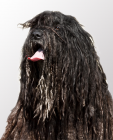

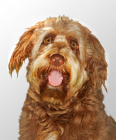
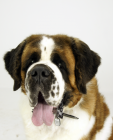
If you like Great Danes, you may like other breeds with similar characteristics »
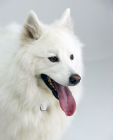
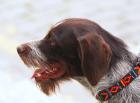
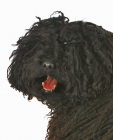
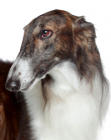
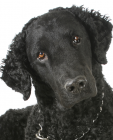
If you like Great Danes, you may be interested in these other working dogs »
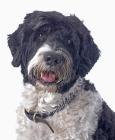



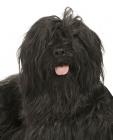
Advice on choosing your breed »
Find an animal shelter or rescue home where a Great Dane is waiting for a new home »
The following grid gives a fast track review which covers all breeds. You can apply it to help you decide if a Great Dane is suitable for you, the environment where you live, your personality and your lifestyle. On the grid, 1= strongly disagree, and 5= strongly agree. For example, if you are looking for a good walking companion, look down the list under Activities, and you will see that Danes love their exercise, scoring 5. If you want a playful companion, look down the same list, and you will see that Danes love to fetch, and score 5. You might like to save or print off this section and keep it for reference while you check some other breeds before making your final choice.
Add your own ratings on this breed »
|
*PLEASE NOTE: All our breed profiles are general, and all dogs are individuals. Always talk to the breeders and meet the owners you are buying from. Try to meet the dog and its parents if it is a puppy in their home environment.








